Quality &
Safety
OUR COMITTMENT
Product
Quality & Safety
At Exelixis, the quality of our services, the safety of our people, and the excellent handling of products are non-negotiable values.
That’s why we implement strict procedures at every stage of the supply chain, continuously investing in technology, training, and infrastructure.
All products are stored and distributed based on:
- The guidelines and specifications of our partners
- International safety and quality standards
- Internal procedures ensuring traceability and product integrity
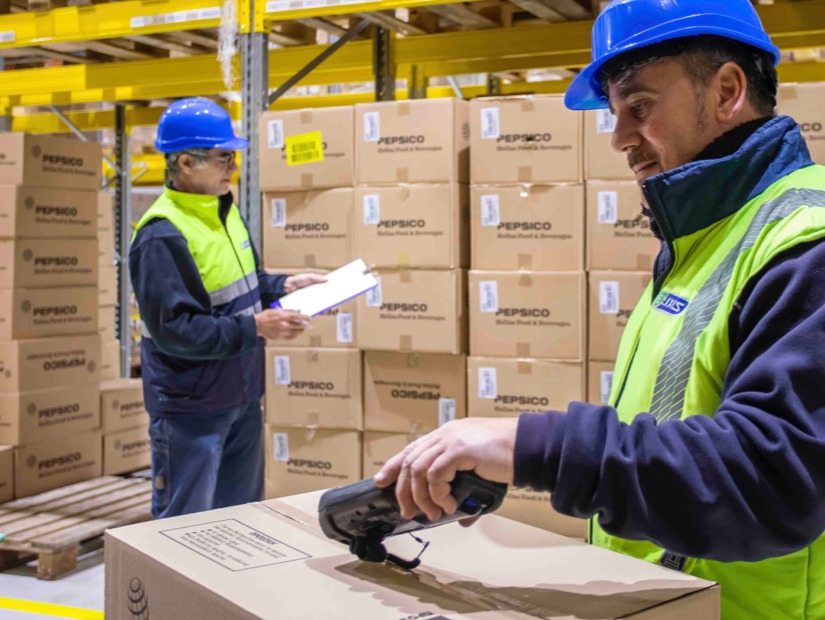


Our high standards of quality and safety are confirmed by the company’s certifications:
- ISO 22000 – Certification for food safety management, ensuring full compliance with safety and hygiene regulations from reception to final delivery.
- ISO 9001 – Quality management standard demonstrating our ability to consistently provide high-quality services, always aiming for improvement and customer satisfaction.
- IFS Logistics – Certification specific to food logistics, confirming that our processes meet the highest standards of quality, safety, and traceability, for both refrigerated and dry goods.
- GS1 – Collaboration with GS1 for the use of globally accepted barcodes that communicate the company’s unique location.
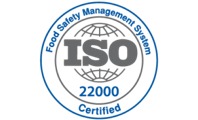
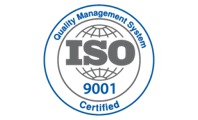
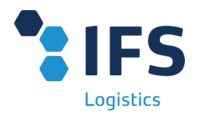
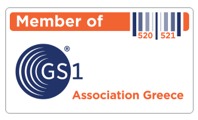
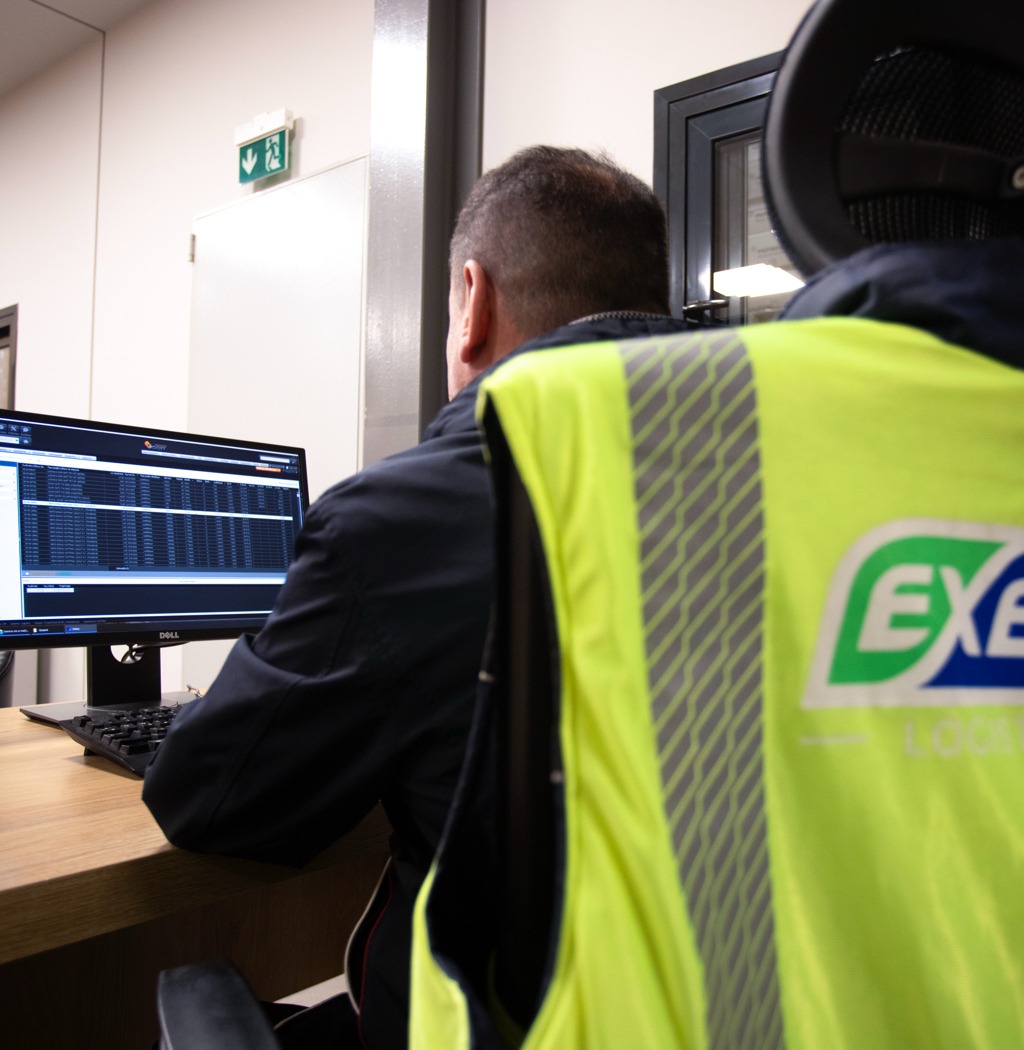
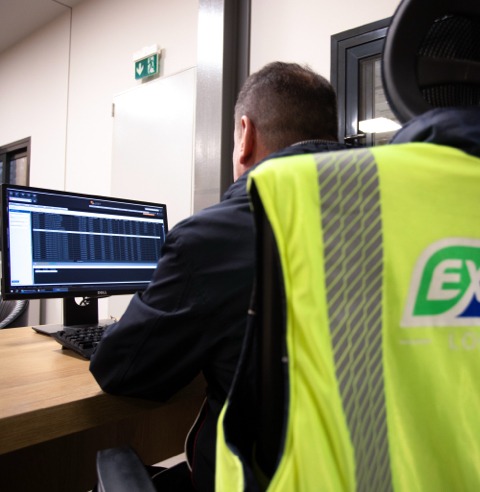
Exelixis Facilities & Operations Include:
- Modern storage facilities with continuous monitoring of conditions (temperature, humidity, etc.)
- Advanced WMS (Warehouse Management Systems) for optimized handling of incoming goods, dispatches, and stock
- Smart and precise routing to ensure that every order arrives quickly and safely at its destination
Transportation is carried out in temperature-controlled vehicles, ensuring the stability of the cold chain, especially during the summer months. In addition, we evaluate our drivers based on GPS data and KPIs to continuously improve safety and efficiency.
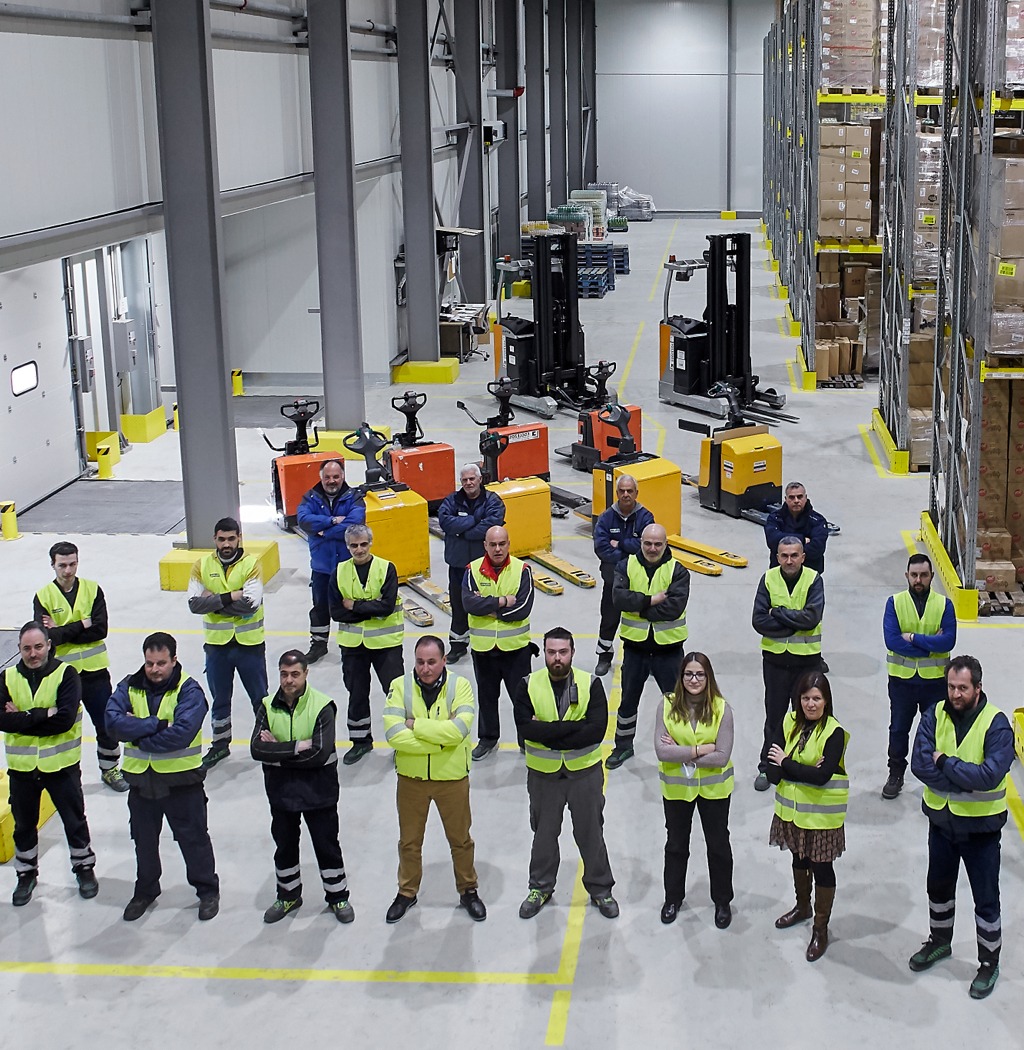
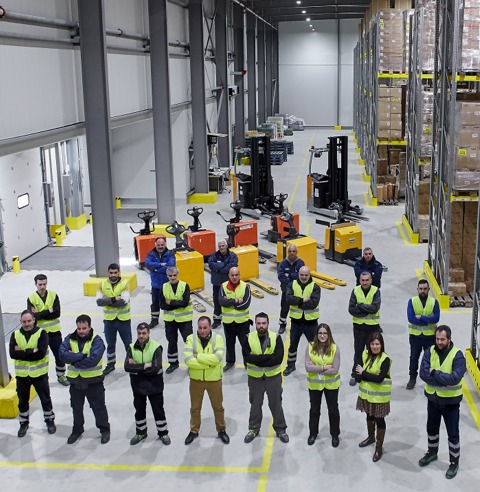
CORE VALUES
Employee
Safety
The safety of our team is a top priority. To protect our people, we apply:
- Systematic risk assessments to prevent accidents and adopt preventive measures
- Ongoing training on risk prevention and management
- Use of personal protective equipment (helmets, gloves, goggles, belts)
- Regular maintenance of vehicles and facilities
- Proper signage and separation of walking and loading zones
